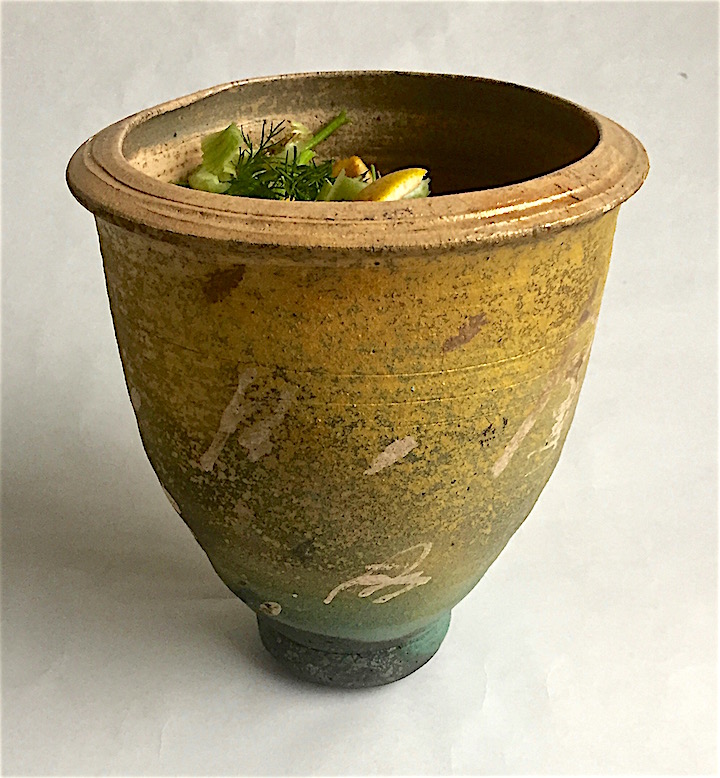
Composting, the act of transforming food waste into a nutritional soil booster through decomposition, is a way of turning garbage into something good. Not only does the act of composting reduce our volume of trash but it also creates a nourishing substance for plants, soil and crops. It is a cyclical process that appears to be a win win for everyone and isn’t hard – all it takes is the will to do it (and a sturdy lidded container that is washable and easy to transport). Really.
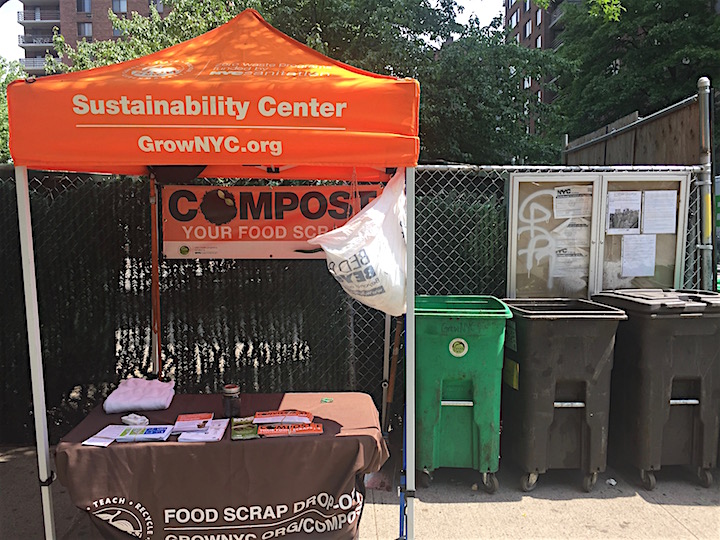
Mayor Blumberg proposed mandatory composting as far back as 2013 but so far curbside collection happens only voluntarily, with some 3 million New Yorkers participating, according to the Department of Sanitation. Unlike other programs (I’m thinking Citibike), regular curbside pickup is starting in the outer boroughs on a schedule. In Manhattan, residents (or management agents) can request curbside pickup of compost from the NYC Department of Sanitation, who will provide bins to buildings. Otherwise, you can simply keep a bucket for your food scraps and empty it at the farmers market weekly. Stuyvesant Town is a shining example of a building complex where thousands of residents compost enthusiastically, according to GrowNYC, the city organization that runs the Greenmarkets as well as textile and food scrap collection programs. And if you have a yard, you can have your own compost pile – my mother has been doing it for decades!
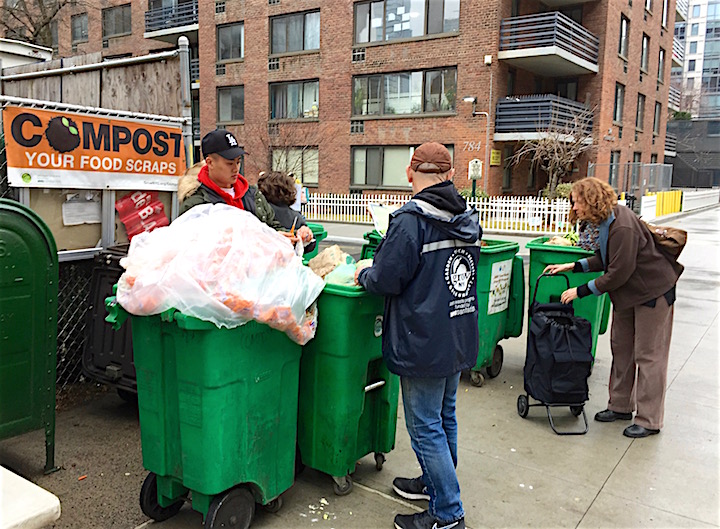
What goes into a compost bucket? Compost is the perfect place for all your carrot ends, lettuce cores and stale bread as well as the lemons that have petrified in the crisper and that dry pasta from the back of your cupboard that you forgot you bought 5 years ago. I don’t feel so wasteful if I know my old or rotting food is going to be turned into “black gold”. You can also compost cut flowers or house plants (as long as they aren’t diseased or infested with bugs) including soil, and any dried beans, grains, cereal, bread or seeds that are too old to cook, wooden toothpicks, skewers, matches or chopsticks, corks, leaves, grass clippings, coffee grounds and paper filters, egg and nut shells and teabags, even dairy products. You can also add any food-soiled paper that is uncoated like paper napkins, paper towels, paper bags and uncoated paper packing material. Please no litter, no fat, no charcoal, and no coconut.
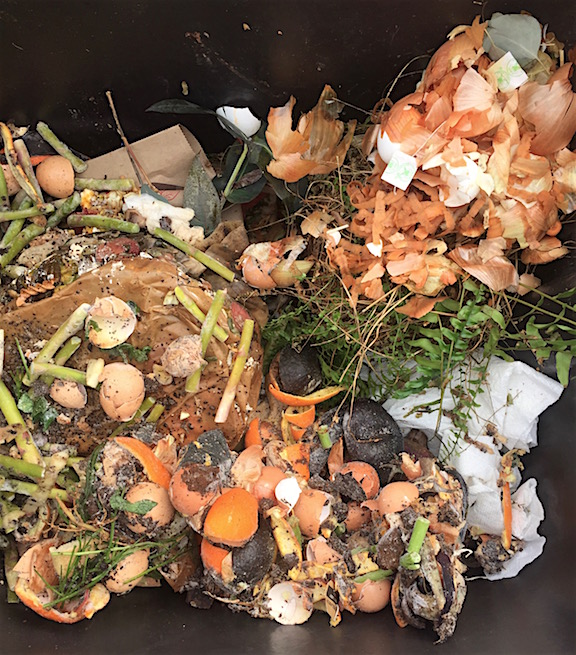
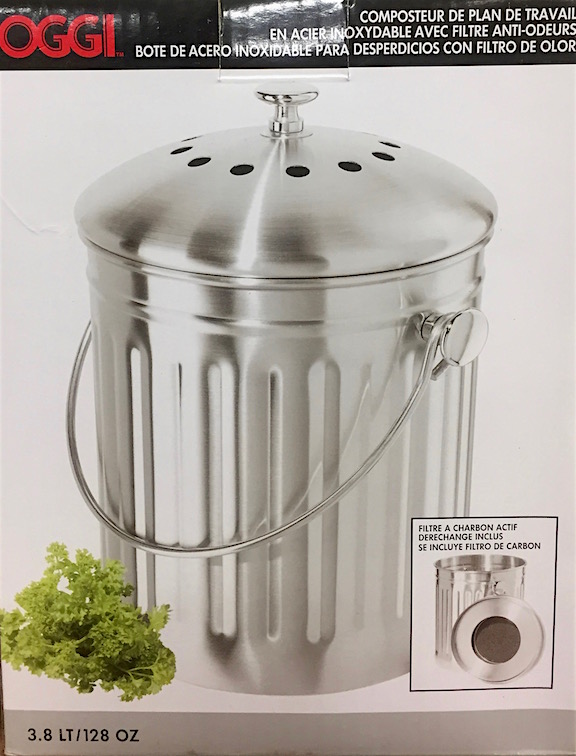
There are a few tricks that make it go smoother. A piece of brown paper (like a paper bag or a shredded sheet of newspaper in the bottom of your bucket will help prevent the food scraps from sticking when you empty it each week. Big plastic buckets are readily found from bakeries, supermarkets and in dumpsters (as all potters know who need glaze containers) and are easily washed out. Jerry, the helpful man who oversees the compost drop off at our Friday Greenmarket on 97th Street, often has empty buckets on hand that he offers to composters who are still bringing food scraps in plastic bags. I wash out my buckets with dish soap and let them dry before starting to fill them again, just to make sure they don’t smell. You can use a countertop collector (one more use for ceramic jars or urns) to collect scraps before dumping into a larger covered container, if it makes the job easier. Usually I just put everything directly into the buckets I keep near the sink.
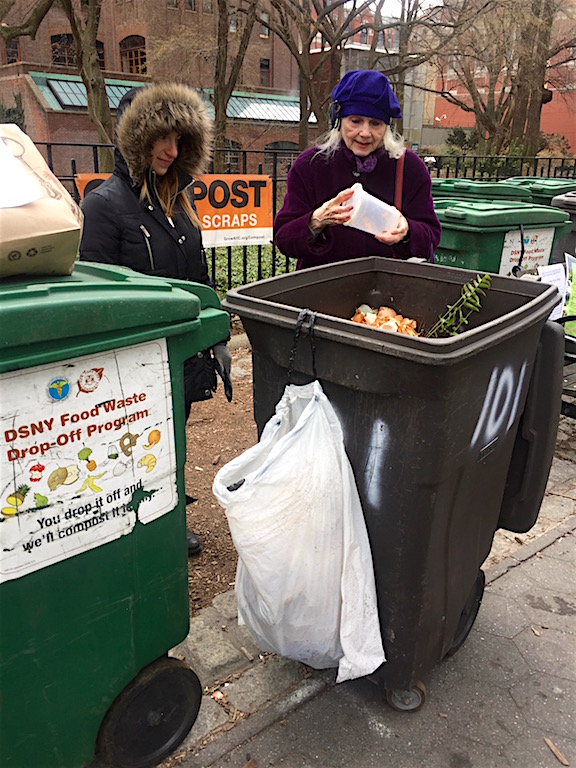
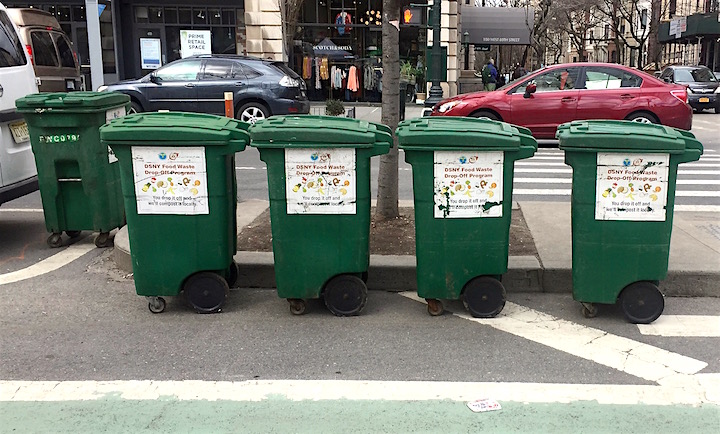
Composting is a great way to reduce the amount of trash we produce. (Of course, not buying what we don’t need and using up what we do buy is the best way to cut down on trash). It only takes a little effort put scraps into a compost bucket instead of the garbage can and then to put your bucket in a shopping cart and take it along when you go to your farmers’ market. You’ll be amazed at the reduced amount of trash you will have each week. With composting and recycling, we are down to about 1 bag. Compost happens easily but we have to make the effort!